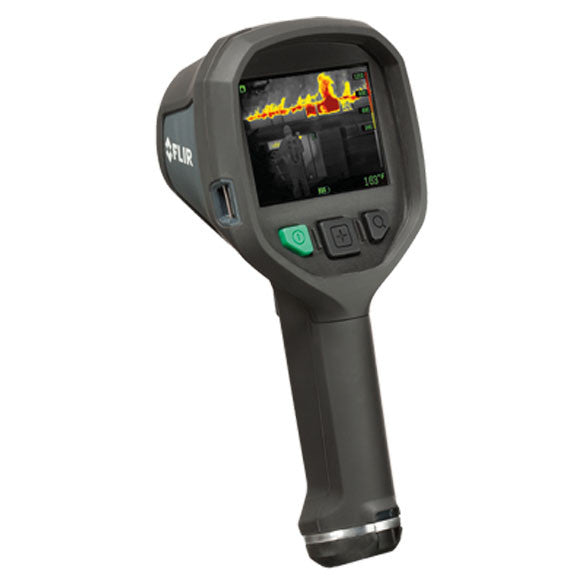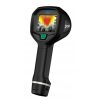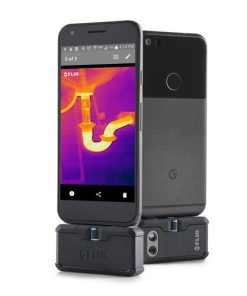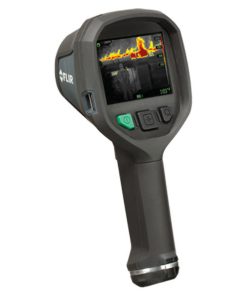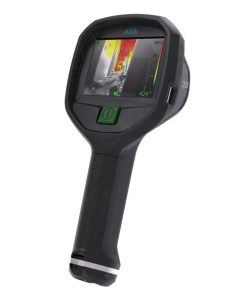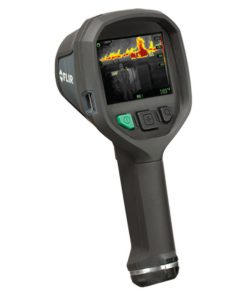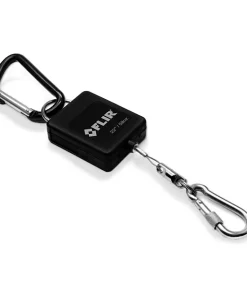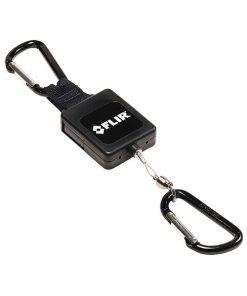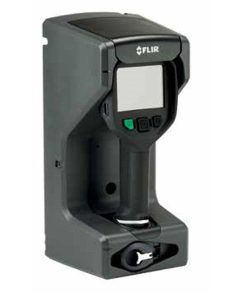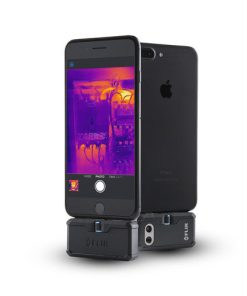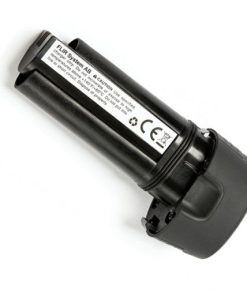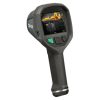FLIR K65 NFPA TIC
$6,499.00
The New Thermal Imaging Camera Approved by the National Fire Protection Association (NFPA)
FLIR’s new NFPA-approved K65 allows firefighters to see more clearly in the harshest environments, maneuver more strategically, stay better oriented, and find victims faster.
NFPA is the world’s leading advocate of fire prevention and an authoritative source on public safety. The NFPA 1801:2013 standard for thermal imaging cameras that are used by firefighters focuses on three main areas: interoperability/usability, image quality and durability. The new FLIR K65 complies fully with this important standard.
Easy-to-use, even with gloves on
Controlled by three simple, large buttons designed for gloved operation, the K65 has an intuitive user interface that allows firefighters to stay focused on the job at hand.
Clear and Crisp Thermal Images
The K65’s maintenance free uncooled microbolometer sensor produces detail-rich thermal images at 320 x 240 pixels. Displayed on a large bright 4” LCD, K-Series images make it easier to navigate under the smokiest conditions, and help provide a more expedient way to decide on the best course of action.
Flexible Scene Enhancement
The K65 also features FLIR’s proprietary FSX™ Flexible Scene Enhancement technology which enhances thermal images through real-time digital processing inside the camera. These ultra sharp images show extraordinary structural, edge, and other instantly recognizable detail, making it more efficient for firefighters and rescue teams to find their way through the darkest environments, and to instantly identify targets in scenes with extreme temperature dynamics.
Rugged & Reliable
The K65 is designed to meet tough operating conditions. It’s able to withstand a drop from 2 meters onto a concrete floor, is water resistant (IP67), and is fully operational up to +260°C/+500°F for 5 minutes.
Produce simple reports
Thermal images can be stored in the FLIR K-Series and later be used to produce simple reports of what happened at the scene.
In-Camera video storage
Able to store 200 images or video clips with a maximum length of 5 minutes each – ideal of on-site assessment, later analysis, or for training purposes.
| Weight | 15 lbs |
|---|---|
| Dimensions | 1 × 2 × 4 in |
Related products
Thermal Imaging
Thermal Imaging
Thermal Imaging
Thermal Imaging
Miscellaneous
Thermal Imaging
Thermal Imaging
Thermal Imaging

